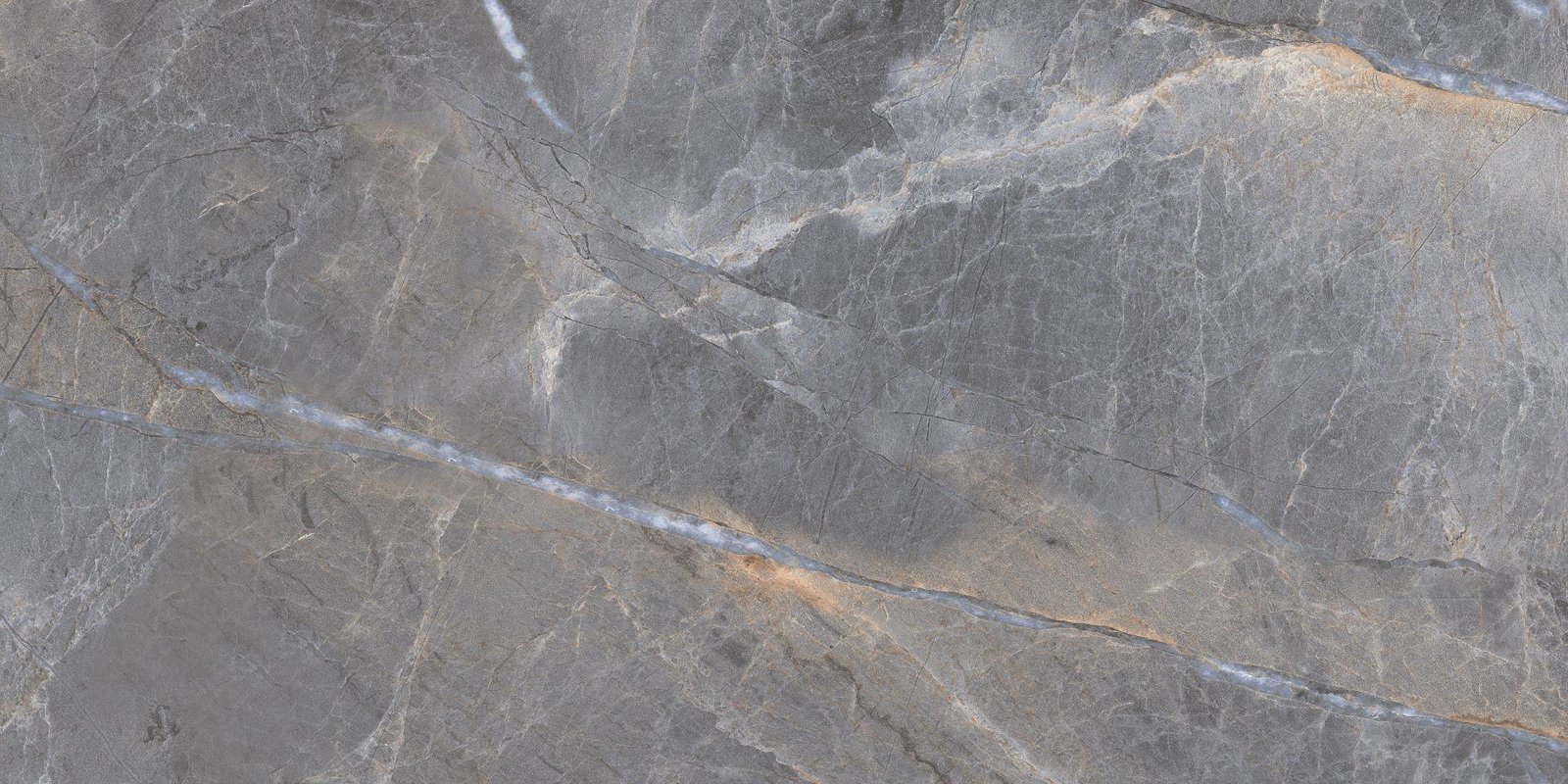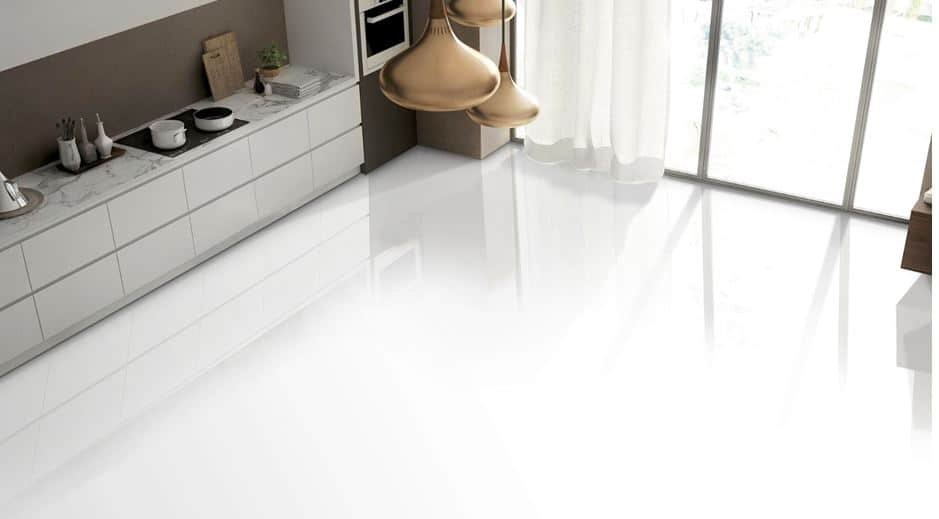Home Improvement
Best Decorative Porcelain Tiles Details

Decorative Porcelain Tiles
Porcelain Tiles
Porcelain tiles, one of the main decorative elements, offer a whole range of possibilities: motifs inspired by nature are expressed in many different ways and are combined with numerous finishes, allowing the creation of an almost unlimited number of interiors for bathrooms and any other space.
Recently, in architecture and interior decoration, a person’s desire to recreate nature in their environment is becoming more and more visible. Obviously, many decorative trends gravitate towards natural elements, represented in an abstract or more realistic way. As one of the main decorative elements, modern porcelains offer a range of possibilities: motifs inspired by nature are expressed in many different ways and are combined with numerous finishes to create an almost unlimited number of aesthetic options.

For some time, decorative elements, whose motive for creation was nature, began to play a leading role in many areas: at first they conquered the fashion catwalks, and then little by little their presence began to expand in other areas, like the interior design of kitchens, bathrooms and also graphic and industrial design.
In the world of tiles that define the appearance of various spaces, decorative elements created from natural sources also flourish: floral motifs, leaves and branches, textures and graphics inspired by the plant kingdom, the appeal to the world of Zen, color reactivation, etc.
New technologies in decorative digital vitrified tiles, such as digital printing, combined with other more traditional ones such as screen printing or hand-painted, allow different approaches to creating these designs and results that adapt to all tastes and styles. Pay attention to the collection of tiles with butterflies.
In some products, natural motifs play a truly leading role, while in others, involvement in the natural world is expressed in a much less perceptible way: they are just clues in the form of outlines or blurred images. In some cases, we are talking about bouquets, leaves or small flowers that form a Greek ornament in narrow and wide edges; in others, on huge floral decorations on large-format items and even entire wall compositions.
Regarding the aesthetic side, there are many interpretations: from the most realistic motifs that seek to accurately convey the textures and colors of flowers and leaves (in some cases, we can even find a photograph transferred to a product using new digital printing technologies), to more abstract simplifications, as well as to representations in the spirit of symbolism or naivety.
Appeals to nature, more realistic or abstract, become a common hallmark of numerous and diametrically opposed decorative movements.

Some current concepts have even gone further, no longer trying to establish a simple graphic or visual indication of natural elements, but seeking coexistence, the interaction of porcelains and nature in a single space. There are porcelain products designed in such a way that vegetation – grass, climbing plants, etc. – grew through their joints or through specially made holes in them.
Thus, complete unity of nature and tiles is achieved. In any case, the desire for nature to take its place in the spaces that surround us, whether in a more realistic or more conceptual way, is increasingly consolidated as a common characteristic of various decorative styles. The elements in question appear sometimes in the sophisticated compositions of the new baroque, characterized by excesses and luxury, and sometimes in minimalist compositions, with a characteristic purity of lines, as a kind of final accord between the prevailing geometric solutions. But above all, its presence is observed in those styles, whose main objective is to create “pleasant” spaces, where the environment can communicate harmony, tranquility, tranquility, and even a certain level of spirituality to the people who inhabit it; and when interior designers and decorators look back in time and reinterpret trends from other eras such as pop art, modernism, etc.
In general, it seems obvious that now, when society is experiencing a global expansion of new digital technologies and methods, and a person is becoming more and more urban, this phenomenon exists in parallel, which inspires us to communicate with nature; the western world is turning back to eastern philosophies; and in our day to day, every day the need to find harmony with nature and a responsible attitude towards the environment is felt more.
Natural motifs appear in both sophisticated and minimalist compositions, as well as in those styles that seek to become a source of harmony and spirituality. also, in interpretations of trends from other times, such as pop art, modernism, etc.
The combination of these and other factors contribute to nature penetrating houses and public interiors, we make it an integral part of our lives, we feel its soul-saving power and, while moving forward, we look back, perhaps, longing the old times. when our connection with nature was much closer.
A new appeal to Eastern philosophies, the search for harmony with nature, and a responsible approach to the environment. These are some of the factors that contribute to the appearance of natural elements in our homes and public places.
Porcelain Tiles Design & Finishes
Today’s porcelain tiles are radically different from the products manufactured several decades ago, they have adapted to the new needs in decoration, enriched with new types of finishes. The aesthetic possibilities have been significantly expanded, and volumetric products and digital printing have opened new horizons for the use of ceramics in the design of various spaces. The variety of finishes is reinforced by the traditional richness of formats, textures, colors, and forms of placement of ceramic, thanks to which spaces of a wide variety of styles and genres can be created.

The relief ceramic based on the play of volumes creates a special sensation. The third dimension helps to create a wide variety of visual and tactile effects, eliminating the usual linearity of the coating, and increasing its depth. In addition, the volume changes the angle of incidence of the light on the surface of the coating, giving rise to many new hues. On the exterior surfaces, the intricate lines of the cladding create a dynamic play of light and shadow on the facades, changing the rhythm according to the time of day. Artificial light creates a vibrant effect with a range of hues and sensations to suit the designer’s taste. The glossy finish of the raised surfaces enhances three-dimensionality by drawing attention to specific areas of the surface. The matte surface, on the other hand, enhances the minimalism and sophistication of the interior.
For the production of coatings with a corrugated surface and relief tiles, industrial thermoforming technologies are used and applied to finished products, whereby each tile acquires a special shape. The aesthetic effect is surprising: the flat surface is completely transformed, sometimes reaching the heights of a unique work of art. The interaction of the designer with the consumer reaches new heights, and enhances the sensations, changing the way of understanding the interior. Taking into account the traditional advantages of deep ceramic wall tiles, combinations of volume and play of light, architects and interior designers create brilliant examples of the use of ceramic in facades, public spaces, and homes.
The condition for the success of these projects, as usual, is the sense of proportion, which should indicate to the artist which areas of coverage, the most attractive and conspicuous, should be highlighted with an unusual relief or finish. In this sense, it is necessary to remember technologies such as digital printing, thanks to which the traditional flat patterns and textures of wood look tiles have been enriched with the possibility of applying almost any photographic image to the surface of the tile. Thanks to this, it was possible to recreate any motif, influence the perception of space, create the effect of depth and volume and fully personalize various interior spaces. The new achievements of ceramic technologies have become an effective tool for creating unique compositions, formed according to the individual order of the consumer. As unique as the imagination allows.
-

 Celebrity4 weeks ago
Celebrity4 weeks agoIs YNW Melly Out Of Jail? What Is The YNW Melly Release Date, Career, Early Life, And More
-

 Sports4 weeks ago
Sports4 weeks agoMore Than Just a Game: How College Sports Can Shape Your Future
-

 Tech3 weeks ago
Tech3 weeks agoAI Software: Transforming the Future of Technology
-

 Tech3 weeks ago
Tech3 weeks agoAll About Com. Dti. Folder Launcher: Features, Benefits, Tips, And More













